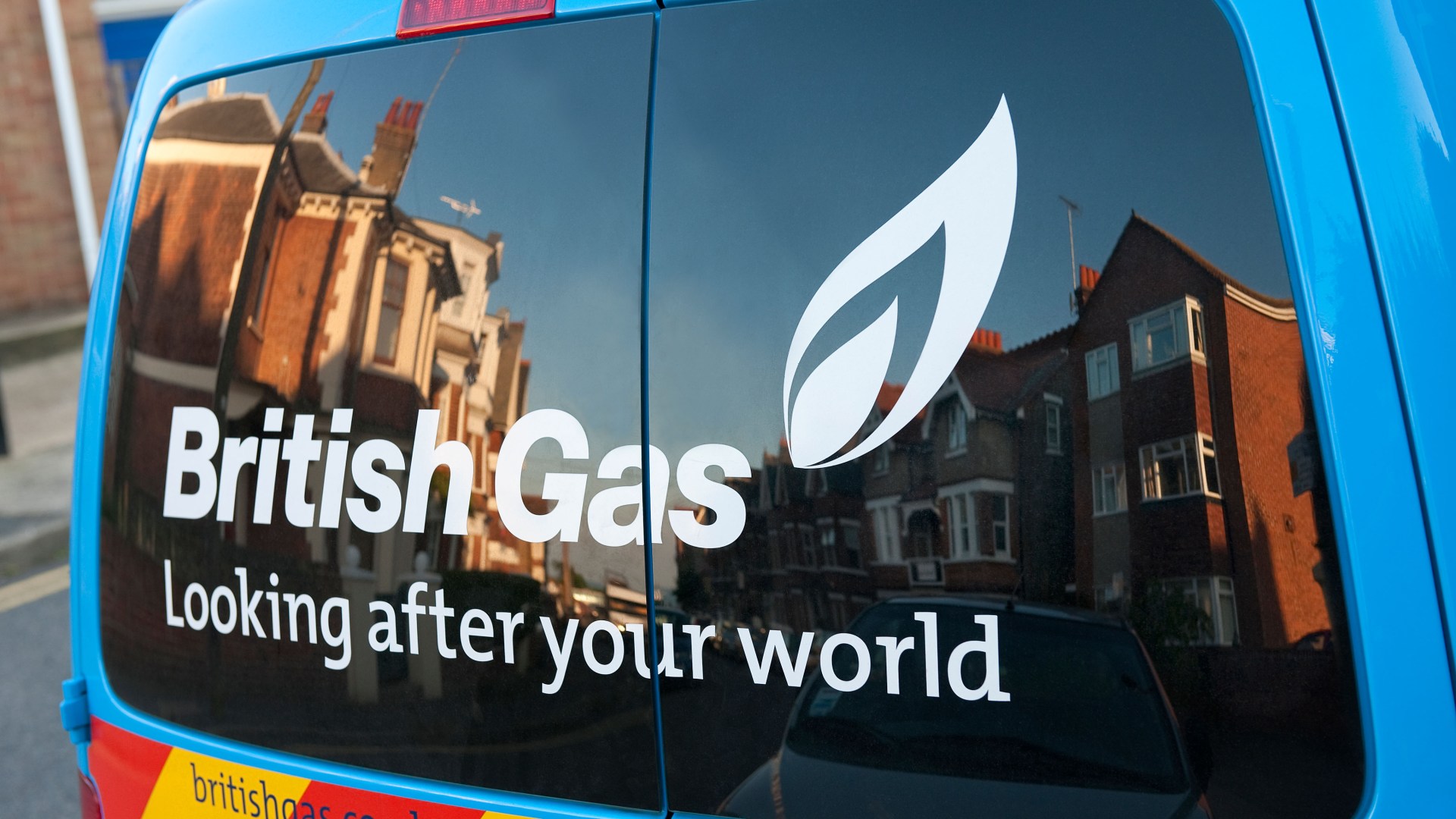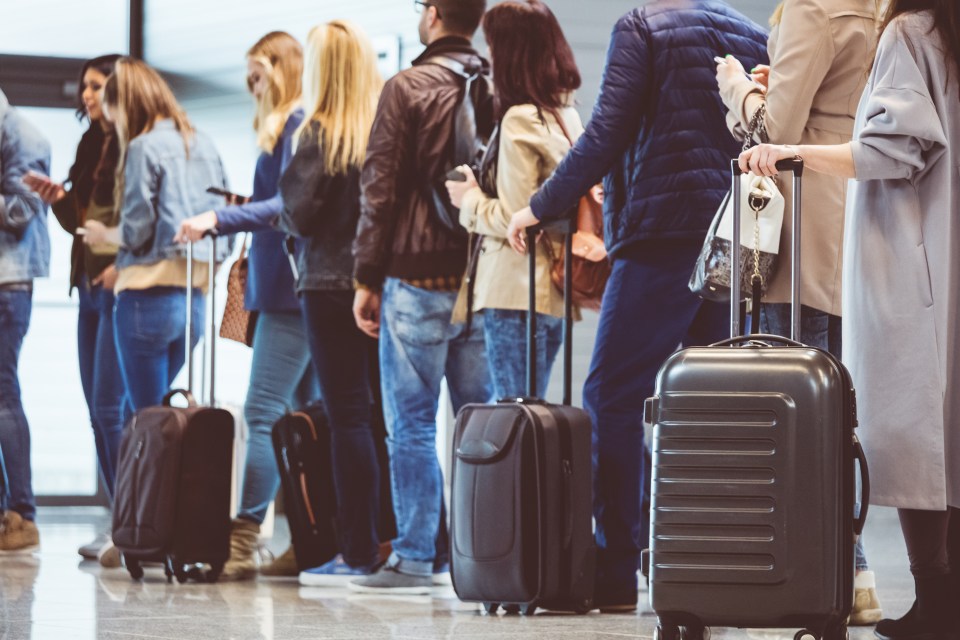In just one month about 150mn Americans will vote for Democratic vice-president Kamala Harris or Republican Donald Trump to be US president. Both say the election is the most important in the country’s history.
But the winner of the popular vote does not necessarily win the White House. The US’s unique Electoral College system means that slates of electors from the states decide the winner. But most states vote reliably Democratic or Republican. Only a few are prone to switching — the so-called swing states.

This year, there are seven swing states — and each features a razor-edge race inside 1.5 points, according to Financial Times poll tracking. Together they account for just 93 of the Electoral College’s 538 votes and 18 per cent of the population. But they are the target of all Trump’s and Harris’s campaign money and energy.
Within that subset of states is another important sliver of voters: the undecideds. An Ipsos poll released this week said that this group accounts for only 3 per cent of likely voters in the battleground states — a tiny number reflecting America’s deep polarisation. Winning a majority of these people who haven’t yet made up their minds could decide the election, giving them huge potential power.

Who are these undecided voters? Some are male union voters who once gravitated to left-wing Bernie Sanders but now lean to Trump; or suburban conservatives turned off by the Maga rhetoric. Others are Latinos wavering on Harris because of the US’s high cost of living, or young voters who were put off by President Joe Biden’s age but are now in play for Harris. Many are women — of all political stripes, but especially conservatives — motivated by restrictions imposed on abortion in recent years, a central campaign issue for Harris.
But the two campaigns are also trying to win another broader segment of the public: people disengaged from the political process. This century, turnout in US presidential elections among eligible voters has averaged between 54 per cent in 2000 and 67 per cent in 2020, leaving a big pool to draw from. Both sides are firing up their turnout machines in the swing states, though Trump’s campaign is winning a registration race in most battlegrounds.

Pennsylvania
The most critical state in the so-called blue wall, a reference to the states that Democrats — the blue party — won in presidential elections from 1992 to 2012 and again in 2020. Trump cracked the wall in 2016. Each now has a popular Democratic governor.
Pennsylvania (19 electoral votes) stretches from Philadelphia near the eastern seaboard to the industrial city of Pittsburgh in the west. It is the most populous battleground, most frequently polled, and the biggest prize of the whole election.
Harris and Trump have visited Pennsylvania frequently and spent far more on ads there than anywhere else: $187mn and $146mn, respectively. Trump was injured in July in an assassination attempt near Butler, in the rural west.
Harris’s success will depend on turning out Democratic voters in the largest cities and making gains in wealthier suburbs while limiting her losses to Trump in rural, conservative areas. Republicans have been winning the voter-registration battle in recent weeks.
Both campaigns have courted blue-collar voters in a state where manufacturing and energy production are big employers. Harris and Trump sided with the steelworkers’ union in opposing the takeover of Pittsburgh-based US Steel by a Japanese company. Harris has disavowed her previous opposition to fracking, the drilling technique crucial to Pennsylvania’s huge shale gas industry. But Trump has pummelled her on the issue.
Michigan
Michigan (15 electoral votes), home to Detroit and the hub of the US car industry, went to Biden by less than 3 points in 2020. Democrats performed strongly there in the 2022 midterm elections, when governor Gretchen Whitmer was re-elected and voters overwhelmingly backed a measure to protect abortion rights.
But Michigan has also emerged as a hub of resistance to the Biden administration’s stance on Israel’s war in Gaza, where the huge Palestinian death toll has angered Michigan’s relatively numerous Arab-American voters and progressives in college towns such as Ann Arbor. Harris might need to make up for defections from her party.
Blue-collar workers are also a focus of both campaigns in Michigan. While Harris touts her support for a new electric vehicle industry and the federal support for manufacturing, Trump has attacked Democrats for jeopardising Michigan jobs to fight climate change. Affluent suburbs surrounding Detroit and Grand Rapids will be pivotal.
Wisconsin
Wisconsin (10 electoral votes) is an especially heated blue wall battleground with high political engagement and fierce ideological divisions: in 2020, it had highest voter turnout of any swing state.
The Republican party chose Milwaukee, the state’s largest city, for its convention to nominate Trump, and Harris flew into Milwaukee during the Democratic convention in Chicago to hold her own rally. The electorate in Wisconsin is disproportionately white compared with other battleground states, but a strong tradition of union organising could benefit Harris. She will also need to secure strong support in the capital, Madison, among state employees and University of Wisconsin students.

Both campaigns will also focus on the traditionally Republican Milwaukee suburbs of Waukesha county, where Biden in 2020 improved on Hillary Clinton’s vote in 2016, and in crucial Demoratic-leaning cities near the border with Minnesota.
One factor in Wisconsin’s farmland areas will be attitudes to Trump’s planned tariffs. The state’s farmers were hit hard by Republican trade policies during his term in the White House.

Georgia
Biden was the first Democrat to win Georgia (16 electoral votes) since Bill Clinton in 1992. His party followed up by winning two pivotal Senate races in 2021, giving Democrats control of the chamber.
Democrats have gained from growing support in Atlanta’s once-Republican suburbs and strong get-out-the-vote operations in the city itself, as well as Savannah and Augusta. Democratic US Senator Raphael Warnock, the pastor at the Atlanta church where civil rights leader Martin Luther King Jr used to preach, has become a pivotal motivator for the Democratic base.

But the rest of Georgia remains overwhelmingly conservative. Trump has also made inroads with Georgia’s Black population, especially on the economy. He has a tense relationship with Republican governor Brian Kemp, who refused to help him overturn the 2020 election result, although Kemp has now endorsed Trump.
North Carolina
Barack Obama won the presidential vote in North Carolina (16 electoral votes) in 2008, but no Democrat has since.
Polls show that Harris is running as strongly in North Carolina as in Georgia, propelled by her strength in the so-called Research Triangle university cities of Raleigh, Durham and Chapel Hill as well Charlotte and Greensboro, the other big metropolitan areas.
The Republican campaign has been rocked by a scandal involving Mark Robinson, who Trump has praised and endorsed in the run to be North Carolina’s governor. On a pornographic message board Robinson referred to himself as a “black NAZI!” and supported reinstating slavery, along with many other graphic comments, according to a CNN report.

Beyond that, a big wild card in the battle for North Carolina is whether the devastation in the western part of the state due to Hurricane Helene will affect voting patterns or turnout.

Arizona
If either Harris or Trump sweep the “blue wall” and the south-eastern battlegrounds, the election will be over by the time the focus turns west. But if the result is split east of the Mississippi River, two states with fast-growing populations and a big share of Hispanic voters could settle the race.
Biden brought once reliably conservative Arizona (11 electoral votes) into the Democratic fold in 2020.
But as the only battleground state bordering Mexico, Arizona is on the frontline of a fight over immigration — among the election’s biggest issues. Trump has consistently attacked Harris for presiding over a surge of immigration, and promised mass deportations of undocumented people if he wins.

Harris, who visited a border town in Arizona late last month, has criticised Trump for blocking a bipartisan compromise in Congress this year that would have toughened immigration policy, just so he could campaign on the issue.
Democrats have succeeded in recent years in capturing votes from mainstream Republicans disenchanted with Trump. But Republicans have been gaining ground among Latinos. The fate of Maricopa county, which includes Phoenix and its suburbs, is likely to be crucial to the state’s result.
Democrats also hope that a measure on the ballot in November to include the right to an abortion in the state constitution will drive turnout for Harris. Currently, state law allows abortions up to 15 weeks of pregnancy.
Nevada
Nevada (six electoral votes), home to gambling meccas Las Vegas and Reno, has voted for Democrats in every presidential election since 2004.
But it is vulnerable for Harris, partly because of the gains Trump is making among Hispanic voters, and because the state’s economy has been particularly tough on middle- and lower-income households.
Inflation in the region has outpaced the nationwide rate in recent years, while the unemployment rate of 5.4 per cent is the highest of any US state, undermining Harris’s economic pitch.
Democrats’ successes in Nevada stem from a successful turnout operation around Las Vegas mobilised by the Culinary Workers Union. If it works again, it could help Harris offset some other weaknesses in Nevada. But with just a month left before election day, the result in Nevada — and the presidential race itself — is as uncertain as a Caesars Palace crapshoot.
Additional data visualisation by Jana Tauschinski














































































































































You must be logged in to post a comment Login